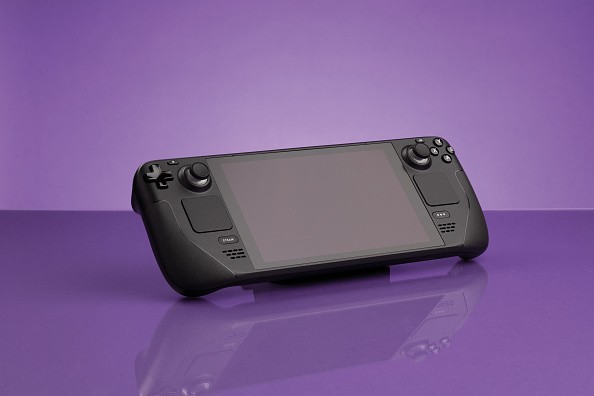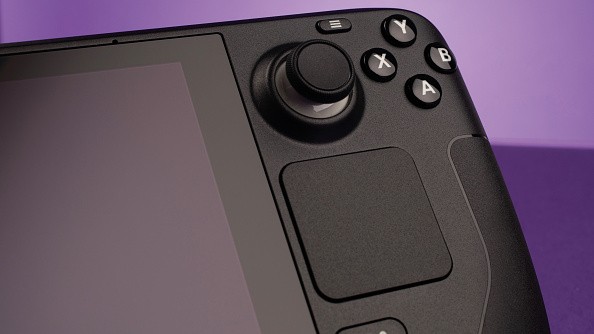Steam Deck will not be having platform-exclusive games, according to Valve themselves.

GamesRadar reports that the upcoming handheld gaming console will be running games just like a PC would, since Valve basically designed it as a handheld PC. This confirmation was made in a recently released FAQs page.
The FAQs page, which was aimed at developers, reiterates that the Steam Deck was never intended to be a completely separate platform. Making their handheld gaming console separate, according to Valve, didn't make much sense to them.
The only console-like thing about the Steam Deck that separates it from full-size gaming PCs is its operating system: SteamOS.
SteamOS, which is based on Linux, is specifically designed to work much like a console interface, writes IGN. With it, players will be able to easily navigate the Steam Store, as well as their own game libraries without having to launch dedicated apps.
But that's about where the differences end--and where the similarities with typical gaming PCs begin.
That's because Valve also allows users to install third-party applications on their handheld, just like the way it is with a desktop or laptop PC. This feature also opens up the door for non-Steam games and launchers, perhaps like Ubisoft Connect, Origin, or the Epic Games launcher.
Valve plans to start shipping their much-anticipated handheld gaming console by February 2022, according to an update on Steam. There's already a 2-month delay in the shipping, mainly due to global supply chain problems and material shortages that are affecting the manufacture of electronic components.
Which Games Can The Steam Deck Run?
The simple answer is basically almost anything that a PC can run.

The Steam Deck has been confirmed to run most (if not all) of the games on the Steam library in a claim made by Valve earlier this year. But while the console might not be able to run literally everything, developers are doing something to help players know which games they can play and which aren't.
This will be achieved with a system called "Deck Verified." It is a special rating system that categorizes games into four distinct classes:
"Verified" means the game runs without a hitch on the handheld. Indicated by a green check mark circle.
"Playable" means the game will run well with a few graphical tweaks in the menu. Indicated by a yellow "i" circle.
"Unsupported" refers to anything that's not playable on the Deck--yet. Indicated by a gray "no entry"-like icon.
"Unknown" refers to any game that hasn't been extensively tested on the platform so far. Indicated by a gray dashed circle with a question mark in the middle.
Valve hopes that their rating system gets finished before the Steam Deck starts shipping early next year, if things turn out well on the logistics end.
Looking Ahead
In the FAQs page, Valve also reiterated that support for technologies like AMD's FidelityFX Super Resolution might come in a future update. With this software, the Steam Deck's library of supported games can only grow.
NVIDIA DLSS, on the other hand, won't be included as the Deck is sporting AMD hardware. DLSS specifically requires NVIDIA's RTX series graphics cards to work.
Related Article : Valve Steam Deck Early Hands-On Impression Shows Promise
This article is owned by Tech Times
Written by RJ Pierce
![Apple Watch Series 10 [GPS 42mm]](https://d.techtimes.com/en/full/453899/apple-watch-series-10-gps-42mm.jpg?w=184&h=103&f=9fb3c2ea2db928c663d1d2eadbcb3e52)



